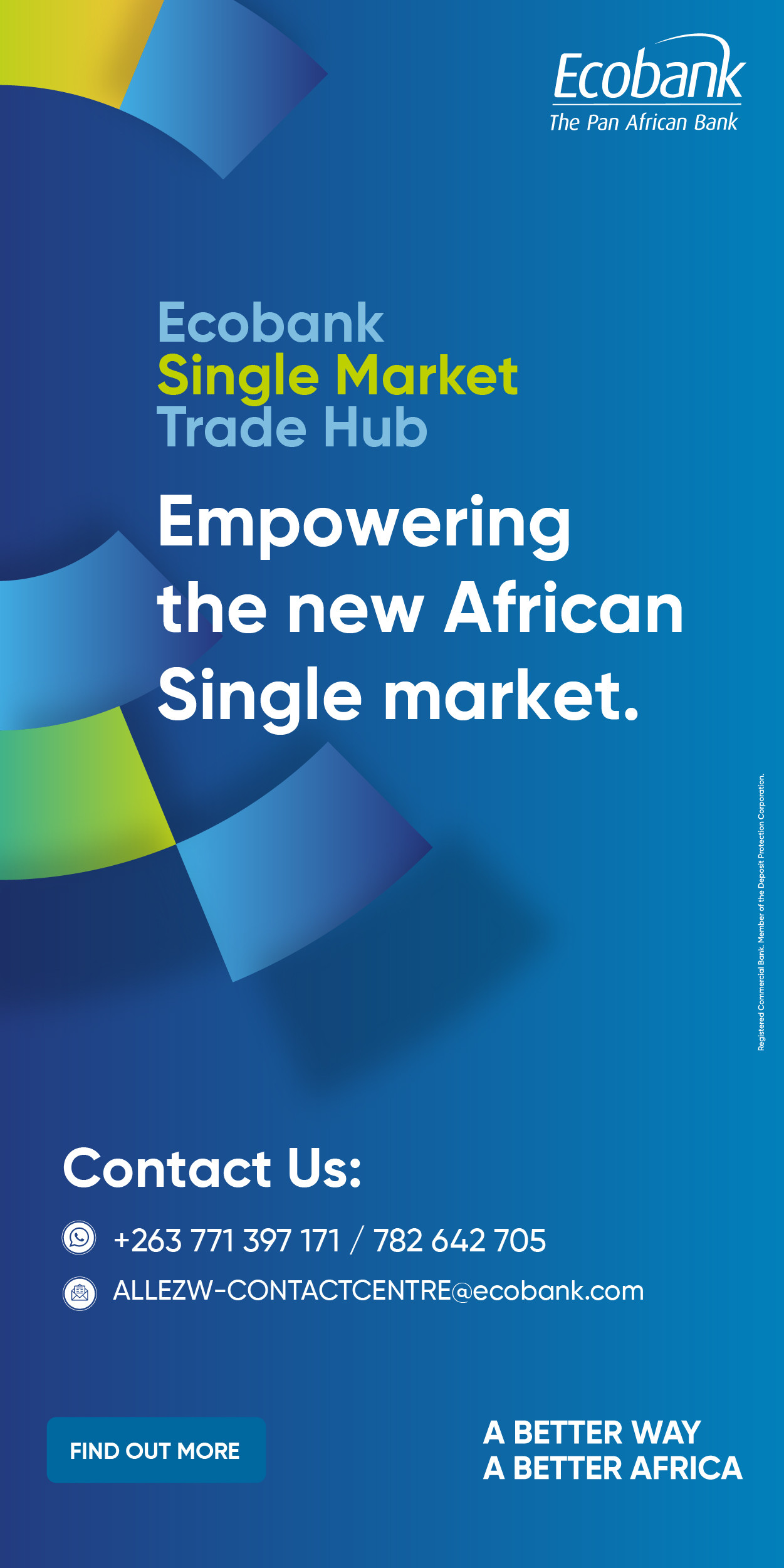- Bimha Mine officially ended Mimosa’s 30-year reign as Zimbabwe’s largest PGM operation
- 7.85 Mt milled in 2024 vs Mimosa 2.894 Mt, the crown changes hands for the first time since 1995
- Three strategies, one winner: Zimplats spends over US$1 bn to capture 20-30 % volume growth, Mimosa prints US$420 m FCF at
- Unki harvests 25 % margins with zero capex, structural deficits guarantee all three thrive
Zimbabwe's top PGMs mines ( production in million tonnes)
Harare- For the first time since the Great Dyke’s modern mining era began, a single shaft has ended Mimosa’s three-decade dominance as Zimbabwe’s largest PGM operation by ore throughput.
In 2023, Zimplats’ Bimha Mine milled 2.9 million tonnes of ore against Mimosa’s 2.74 million tonnes (169,000, +6.2 %) and Unki’s 2.52 million tonnes.
This seismic shift is not a statistical quirk, it is the physical manifestation of three fundamentally different corporate philosophies executed with ruthless consistency over the past decade.
The numbers tell an unambiguous story. From 2014 to 2023, Mimosa never surrendered the crown, averaging 2.65–2.80 million tonnes annually with a coefficient of variation of just 2.8 %.
Zimplats, operating four mines, steadily climbed from 5.45 million tonnes in 2014 to 7.68 million tonnes in 2023.
The crossover was inevitable once Bimha’s third concentrator reached nameplate capacity and Mupani began delivering replacement tonnes ahead of schedule.
Unki, meanwhile, cemented its position as the steady third pillar after its 2021 debottlenecking project lifted sustainable throughput from 1.8 to 2.52 million tonnes per annum.
Unki's Total PGM production
A five-year financial lens (FY2021–FY2025 YTD) reveals who truly capitalised on the greatest PGM super cycle in history. Zimplats grew 6E ounces from 611,000 to a record 646,000, generating a cumulative US$5.6 billion in revenue despite deploying over US$1 billion into growth capex.
Mimosa delivered the most impressive cash conversion: 240,000–255,000 ounces every single year produced US$4.9 billion cumulative revenue and a remarkable US$420 million of free cash flow in FY2024 alone at an all-in sustaining cost below US$850/oz.
Unki, the smallest by volume, extracted the highest margins, 20–27 % EBITDA, due to zero growth capex post-2021 and the industry’s most mechanised underground operation in Zimbabwe.
Each mine’s strength is crystallised. Zimplats has emerged as the volume gorilla, aggressively positioning itself for the structural supply deficits the World Platinum Investment Council forecasts at an average 689,000 ounces annually through 2029.
Zimplats' 6E production in kOz
The over US$1 billion investment programme, Mupani replacement mine (3.6 Mtpa by H1 FY2029), smelter capacity tripling to 380,000 tonnes of concentrate, 185 MW solar rollout, and Base Metal Refinery restart, will deliver 20–30 % additional matte by the end of the decade.
Fully vertically integrated and sitting on more than thirty years of reserves, Zimplats alone possesses the scale to move global markets.
Mimosa’s 6e in concentrate production in kOz
Mimosa, by contrast, has mastered the art of capital discipline. Its North Hill replacement project remains shovel-ready, with the next US$90 million tranche gated only by basket price thresholds. The 5 % beneficiation tax introduced in January 2025 triggered a R461 million impairment and delayed sanction, yet management has signalled readiness to restart the moment economics justify it.
With the lowest cash costs in the Implats group and potential access to Zimplats’ expanded smelter for toll treatment, Mimosa retains latent upside while continuing to mint cash at sub-US$850/oz AISC.
Unki operates in pure harvest mode. Valterra Platinum allocates zero dedicated growth capital to the asset through 2029, content to extract 230,000–240,000 ounces annually at industry leading margins.
Unki’s 6e prdoduction in concentrate in kOz
On-site smelting, 100 % mechanised fleet, and a 34-year reserve life combine to produce EBITDA margins that routinely exceed those of its larger peers. In a capital-constrained environment, Unki is the ultimate safe-haven Zimbabwean PGM exposure.
The broader context is unequivocally bullish.
Global platinum supply contracted 6 % in 2025, pushing the WPIC’s deficit forecast for the year to 850,000–966,000 ounces. Hydrogen demand, automotive catalyst loading increases, and South African energy constraints have locked in structural shortages for the remainder of the decade.
The 50% price rally since October 2024 is widely regarded not as a peak but as the opening salvo of a multi-year upcycle.
Three mines, three strategies, one inescapable conclusion: Zimplats has built the growth engine the platinum market will depend on. Mimosa stands ready to flip the switch the moment prices cooperate. Unki will continue printing cash with monastic efficiency.
Together, they control over one million ounces of annual production, approximately 30 % of global platinum supply with integrated processing chains, expanding renewable power portfolios, and reserve lives measured in decades.
Bimha’s coronation is therefore more than a footnote in Zimbabwean mining history. It marks the moment the market recognised that Zimplats has already constructed the marginal supply response the entire industry will need. The crown has changed heads, and it is unlikely to return any time soon.
Equity Axis News





